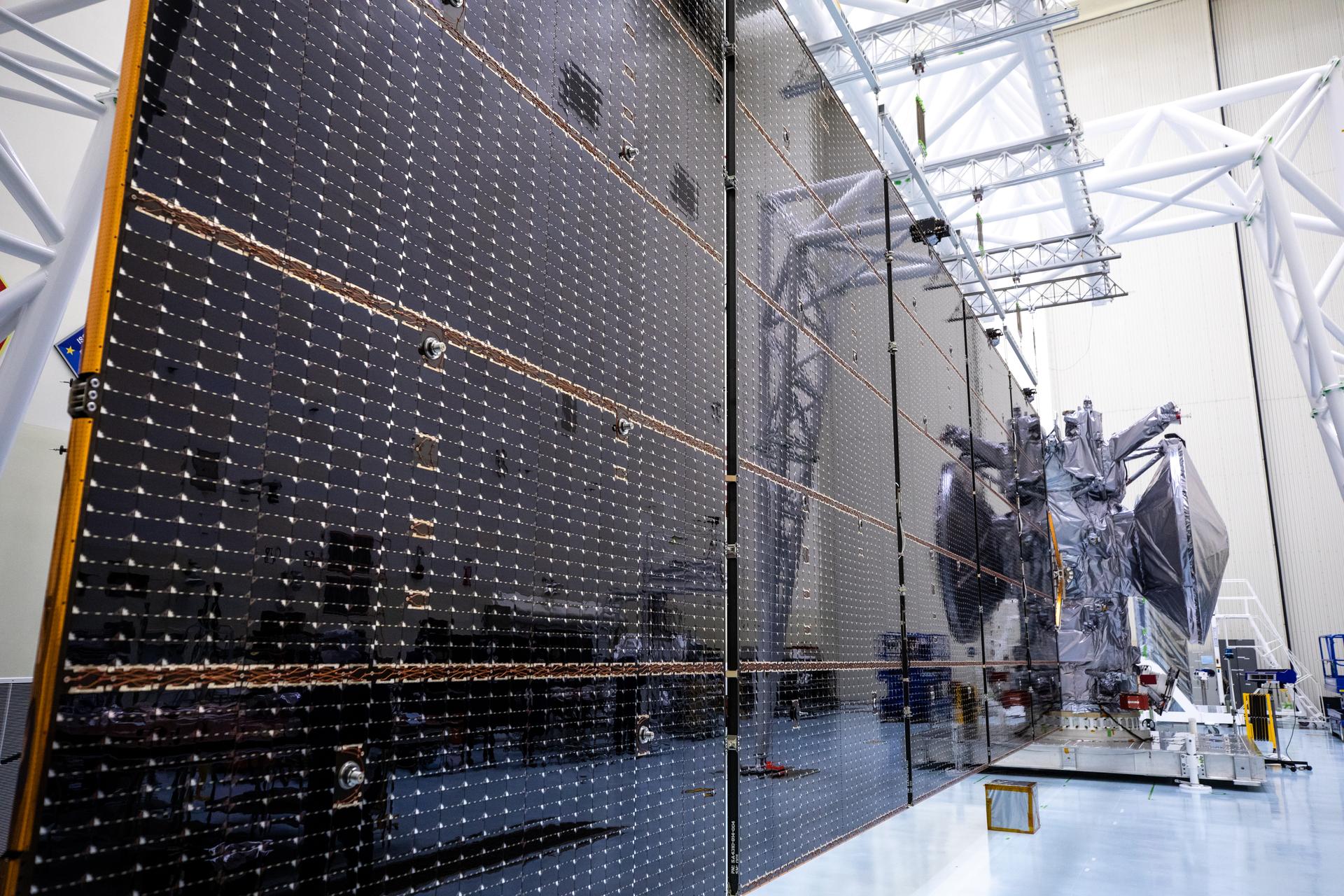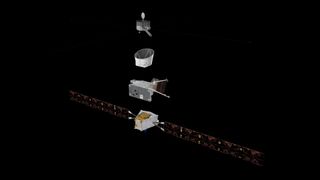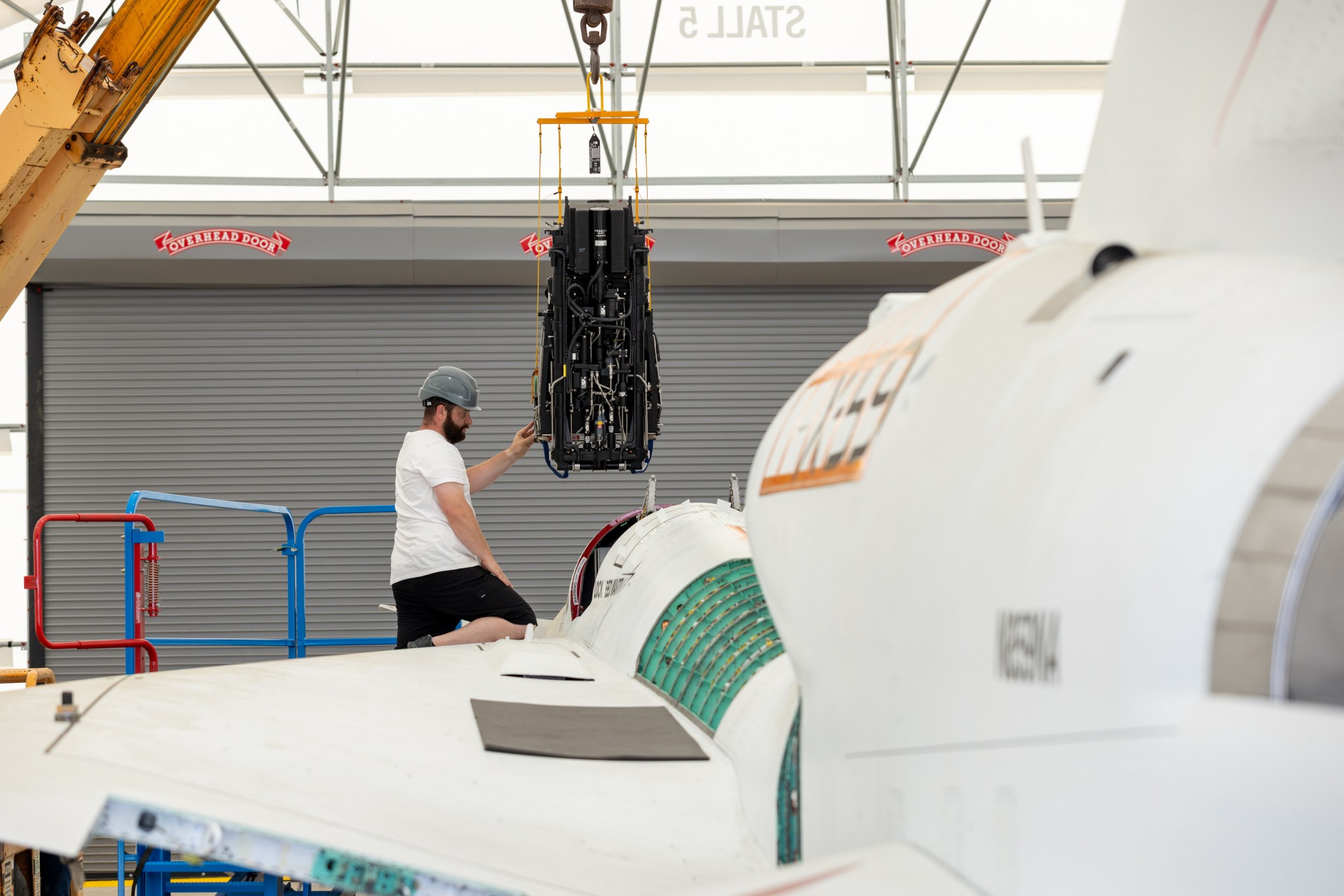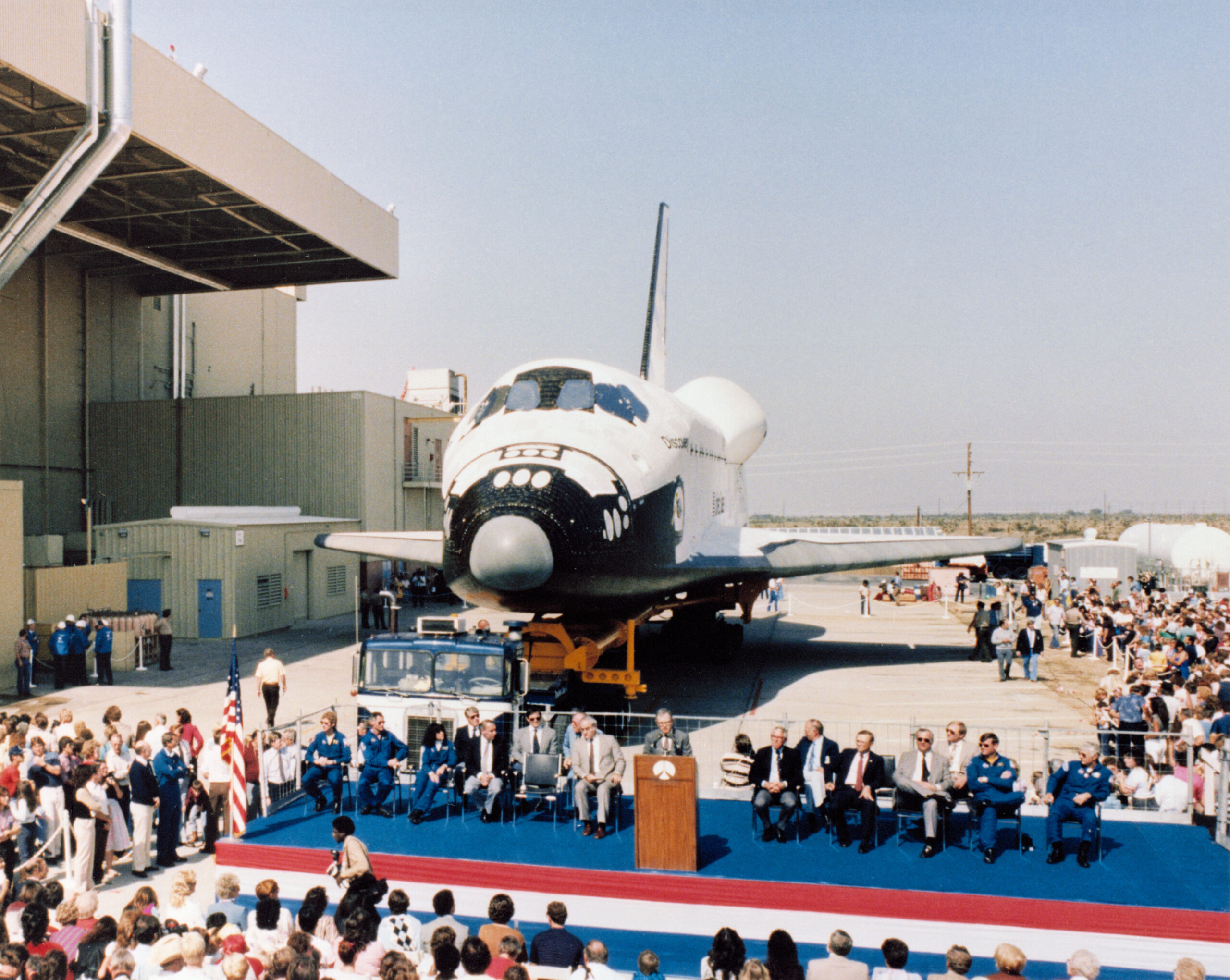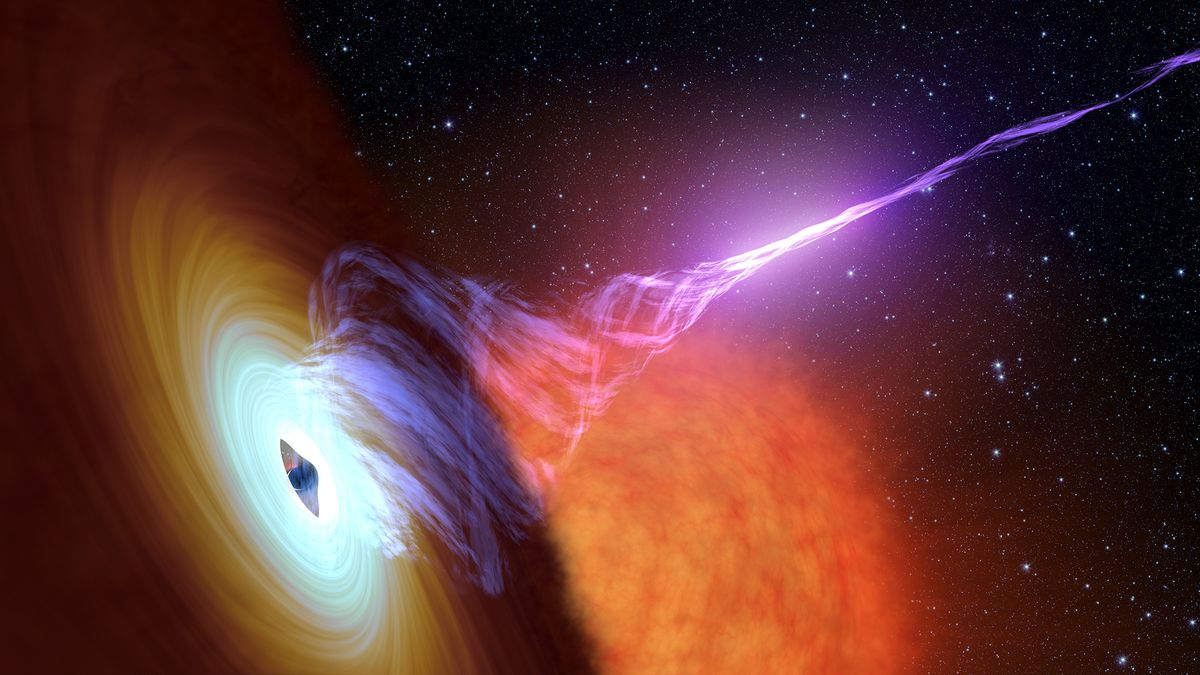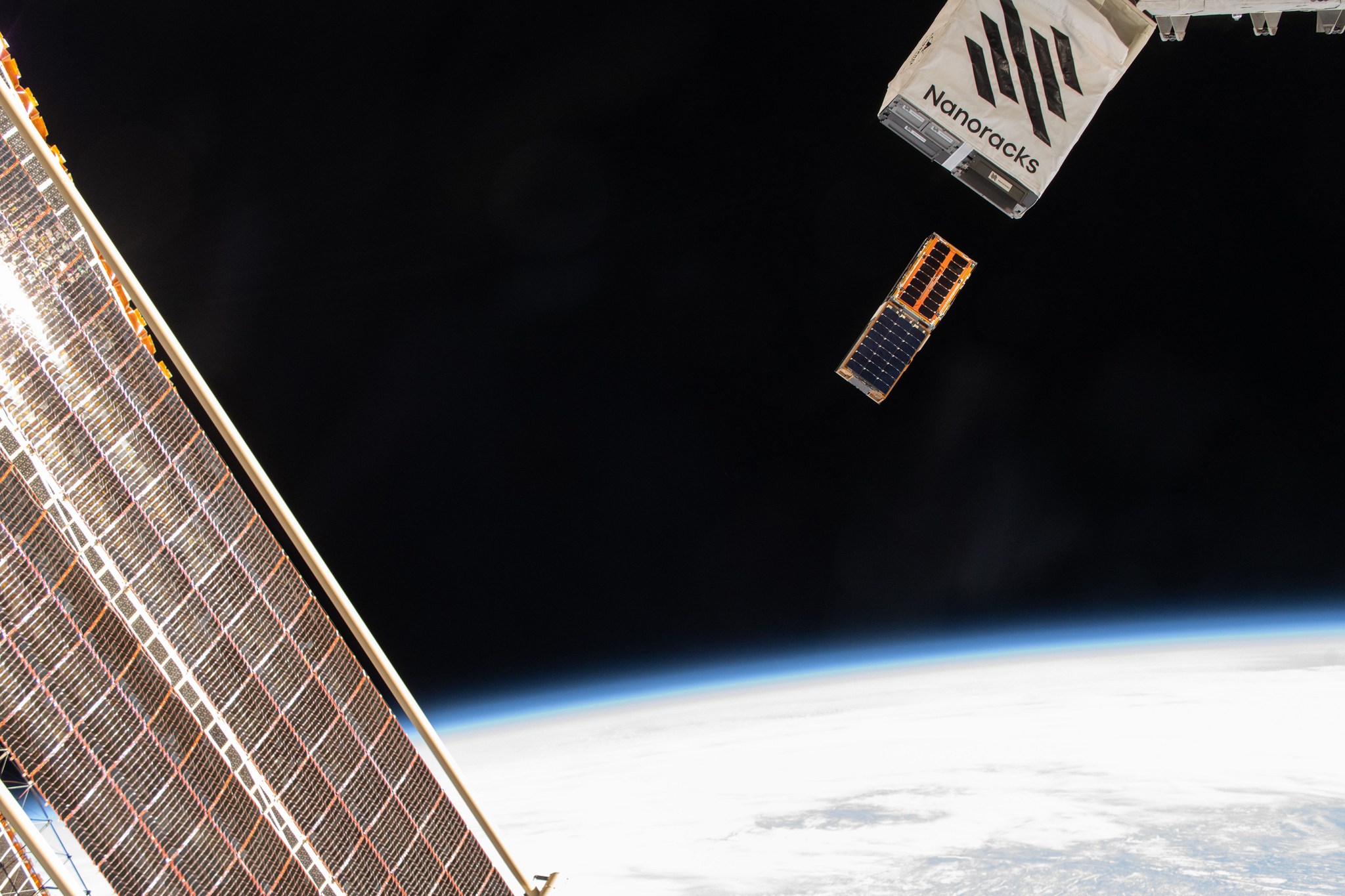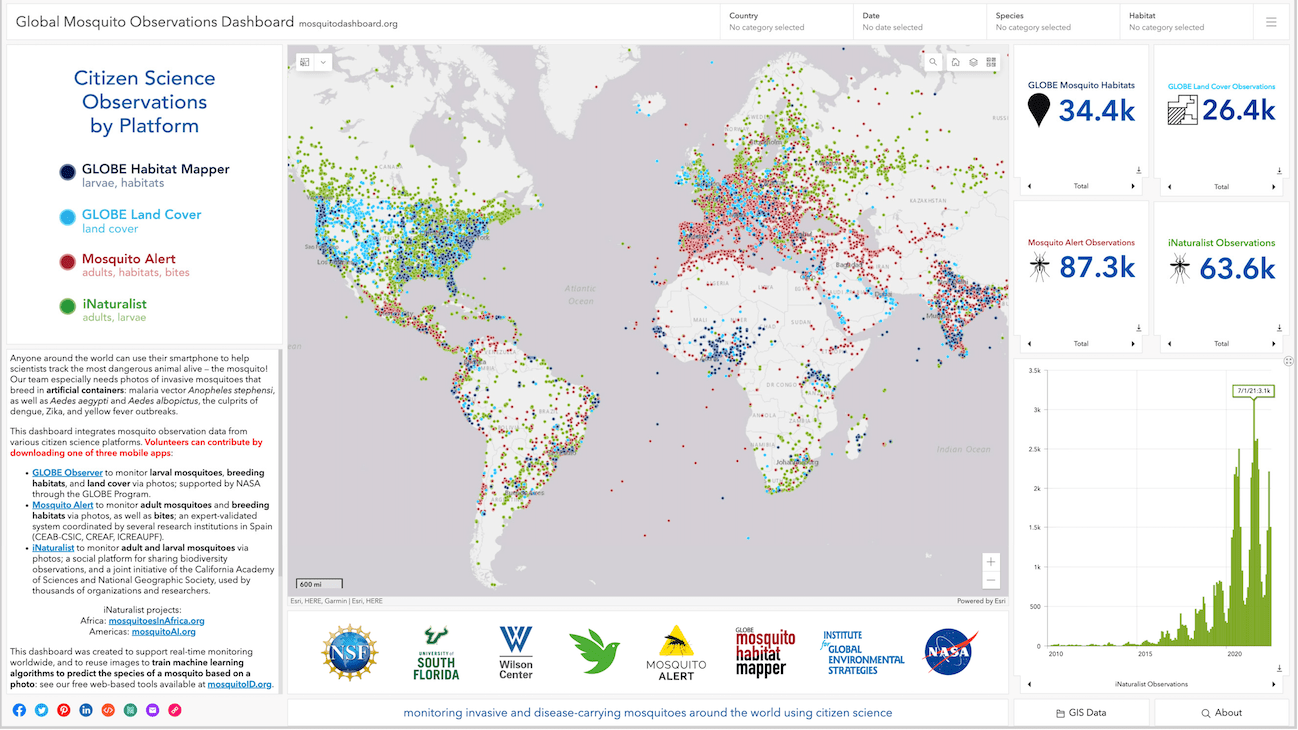The Hubble Space Telescope has uncovered an isolated cosmic fossil, which may offer new insight on galaxy formation. Located about 3 million light-years from Earth, the Tucana Dwarf galaxy sits at the far edge of the Local Group of galaxies, which includes our Milky Way galaxy. This galaxy is home to older stars, leading researchers to believe it may contain traces from the early universe, according to a statement from NASA. “Having such pristine properties enables scientists to use the Tucana Dwarf as a cosmic fossil,” NASA officials said in…
Read MoreDay: September 3, 2024
La NASA invita a los medios al lanzamiento de Europa Clipper
Técnicos ponen a prueba un conjunto de enormes paneles solares que miden aproximadamente 14,2 metros de largo y 4,1 metros de alto para la nave espacial Europa Clipper de la NASA, dentro de la Instalación de servicio de carga peligrosa de la agencia en el Centro Espacial Kennedy en Florida el 7 de agosto. Crédito: NASA/Kim Shiflett Read this release in English here. La NASA y SpaceX tienen planificado que la ventana para el lanzamiento de la misión Europa Clipper se abra el jueves 10 de octubre. Esta misión ayudará a…
Read MoreThruster issues delay BepiColombo probe’s Mercury arrival until November 2026
The joint European-Japanese BepiColombo spacecraft is set for a Mercury flyby late on Wednesday (Sept. 4), but thruster issues mean the probe faces a lengthy delay before entering orbit around the solar system’s innermost planet. BepiColombo launched in 2018 on an Ariane 5 rocket to seek out answers to mysteries surrounding Mercury. Its circuitous route to entering orbit around Mercury involves one Earth flyby, a pair of Venus flybys and six more around Mercury itself. The Sept. 4 flyby will be BepiColombo’s fourth of Mercury to date. However, plans for…
Read MoreEl X-59 de la NASA avanza en las pruebas de preparación para volar
3 min read Preparations for Next Moonwalk Simulations Underway (and Underwater) El técnico de soporte vital de la NASA Matthew Sechler ayuda a instalar un asiento eyectable en el avión X-59, en las instalaciones de Lockheed Martin Skunk Works, en Palmdale, California. La culminación de instalación del asiento marca un hito en la integración de la aeronave mientras se prepara para las pruebas en tierra firme. Crédito: Lockheed Martin Read this story in English here. El equipo que prepara el X-59 de la NASA continúa realizando pruebas en preparación para…
Read More40 Years Ago: STS-41D – First Flight of Space Shuttle Discovery
On Aug. 30, 1984, space shuttle Discovery lifted off on the STS-41D mission, joining NASA’s fleet as the third space qualified orbiter. The newest shuttle incorporated newer technologies making it significantly lighter than its two predecessors. Discovery lofted the heaviest payload up to that time in shuttle history. The six-person crew included five NASA astronauts and the first commercial payload specialist. During the six-day mission, the crew deployed a then-record three commercial satellites, tested an experimental solar array, and ran a commercial biotechnology experiment. The astronauts recorded many of the…
Read MoreScientists make lab-grown black hole jets
An experiment using beams of protons to probe how plasma and magnetic fields interact may have just solved the mystery of how quasars and other active supermassive black holes unleash their relativistic jets. Let’s picture the scene at the heart of a quasar. A supermassive black hole, perhaps hundreds of millions — or even billions — of times the mass of our sun, is ravenously devouring matter that is streaming into its maw from a spiraling, ultra-hot disk. That charged matter is called plasma, and it gets gravitationally drawn into…
Read MoreGreat Aurora
A vivid aurora streams over the Earth as the International Space Station orbited 273 miles above the southern Indian Ocean in between Australia and Antarctica.
Read MoreProyecto de la NASA en Puerto Rico capacita a estudiantes en biología marina
9 Min Read Proyecto de la NASA en Puerto Rico capacita a estudiantes en biología marina Una península cubierta por un bosque verde en la isla de Culebra se adentra en las aguas azules del Caribe mientras una tormenta cae a lo lejos. El azul turquesa que rodea la isla indica la presencia de aguas poco profundas, que son el hogar de los famosos arrecifes de coral de esta isla. Credits: Centro Ames de la NASA/Milan Loiacono Read this story in English here. Tainaliz Marie Rodríguez Lugo respiró hondo, se ajustó…
Read MoreNASA’s Mini BurstCube Mission Detects Mega Blast
3 min read NASA’s Mini BurstCube Mission Detects Mega Blast The shoebox-sized BurstCube satellite has observed its first gamma-ray burst, the most powerful kind of explosion in the universe, according to a recent analysis of observations collected over the last several months. “We’re excited to collect science data,” said Sean Semper, BurstCube’s lead engineer at NASA’s Goddard Space Flight Center in Greenbelt, Maryland. “It’s an important milestone for the team and for the many early career engineers and scientists that have been part of the mission.” The event, called GRB 240629A, occurred…
Read MoreNASA Earth Science Education Collaborative Member Co-Authors Award-Winning Paper in Insects
Learn Home NASA Earth Science Education… Earth Science Overview Learning Resources Science Activation Teams SME Map Opportunities More Science Stories Science Activation Highlights Citizen Science 2 min read NASA Earth Science Education Collaborative Member Co-Authors Award-Winning Paper in Insects On August 13, 2024, the publishers of the journal Insects notified authors of three papers selected to receive “Insects 2022 Best Paper Award” for research and review articles published in Insects from January 1 to December 31, 2022. One of the winning papers was co-authored by Russanne Low, PhD, Institute…
Read More
